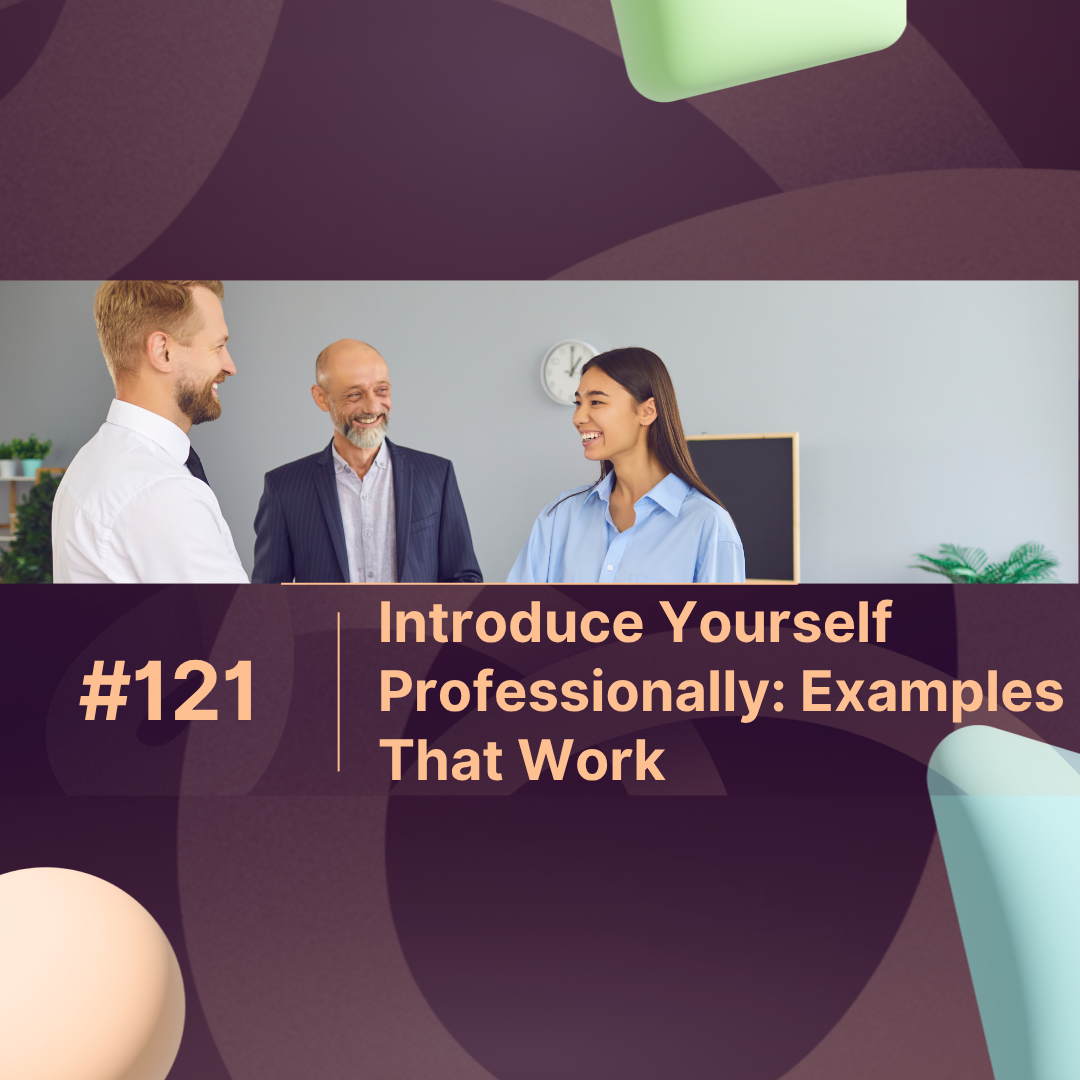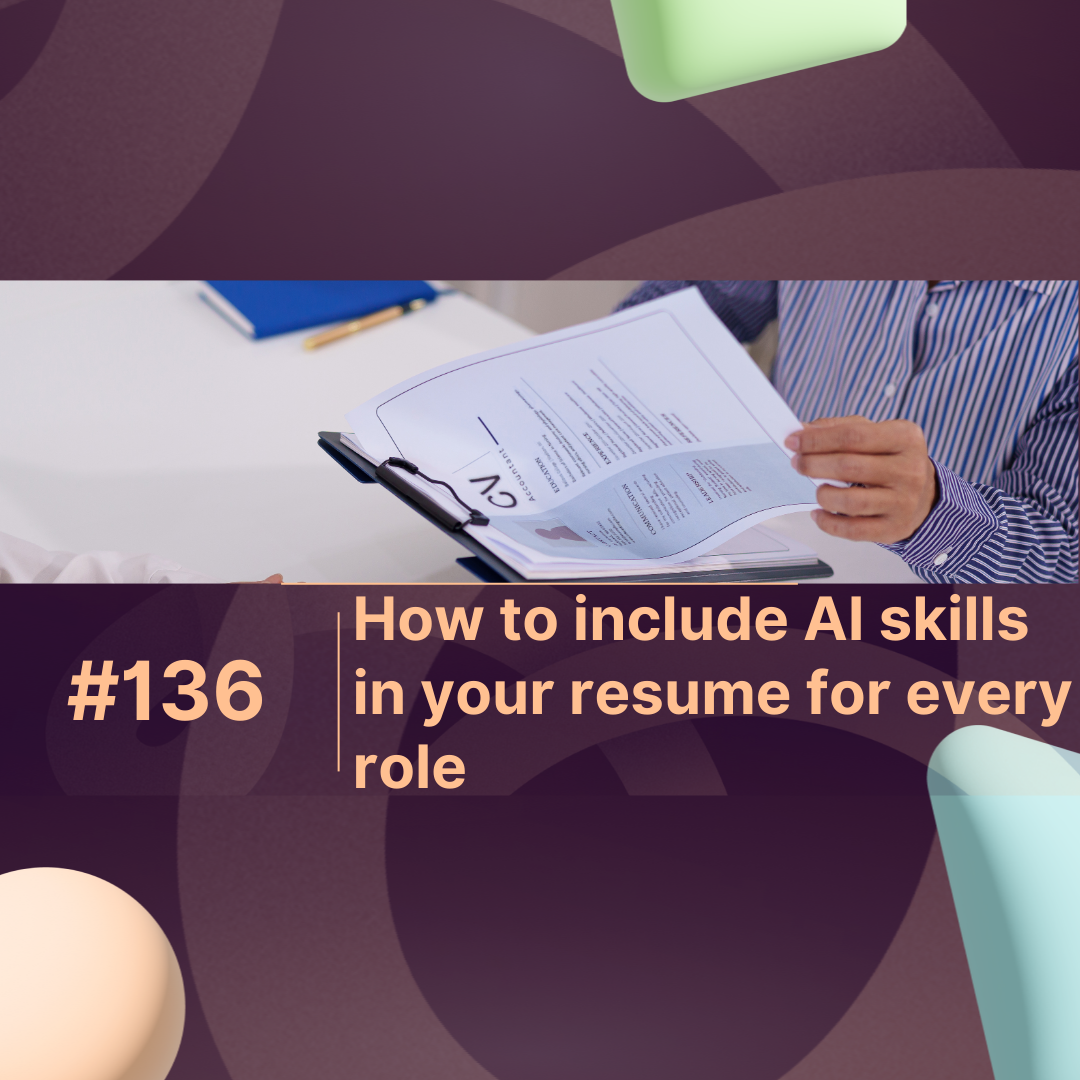Overview
Want to make a lasting first impression at work, in interviews, or on LinkedIn?
Learning how to introduce yourself professionally is one of the most valuable communication skills you’ll ever master. Whether you’re meeting a potential client, starting a new job, or networking online, your professional introduction sets the tone for how others perceive you.
This guide explains how to write and deliver the perfect introduction — plus real examples you can adapt for emails, meetings, or your digital profile.
What Does “Introduce Yourself Professionally” Mean?
To introduce yourself professionally means to present who you are, what you do, and what value you bring — in a concise, confident, and context-appropriate way.
It’s not just saying your name and job title. It’s about crafting a short, polished statement that positions you as credible, approachable, and worth remembering.
Why a Professional Introduction Matters
In today’s fast-paced business world, first impressions are often made in seconds — both in person and online. Recruiters, clients, and even AI-powered professional platforms like MaxProfile (which helps you optimize your digital persona) are scanning for clear, confident introductions.
A well-written professional intro helps you:
-
Build trust instantly.
-
Communicate authority and purpose.
-
Open doors to new opportunities.
-
Strengthen your personal brand.
3 Key Elements of a Great Professional Introduction
| Element | What It Does | Example Prompt or Phrase |
|---|---|---|
| Who You Are | Establishes identity and credibility. | “Hi, I’m Aisha, a marketing strategist specializing in digital storytelling.” |
| What You Do | Defines your current role or expertise area. | “I lead campaigns that connect brands with audiences through creative content.” |
| What Makes You Unique | Highlights your value or passion. | “I’m passionate about turning complex ideas into compelling brand narratives.” |
Keep it short around 30–60 seconds in person or 2–3 sentences in writing.
Examples: How to Introduce Yourself Professionally in Different Settings
1. At a Job Interview
“I’m Ahmed, a results-driven sales executive with five years of experience helping FMCG brands expand into new markets. I’m excited about this opportunity because it aligns with my passion for strategic growth and customer success.”
2. At a Networking Event
“Hi, I’m Leila. I manage HR and talent engagement at a fintech startup. I love connecting with professionals who are transforming workplace culture through technology.”
3. In an Email Introduction
“Dear [Name],
I’m Omar, and I oversee business partnerships at MaxProfile. I came across your recent webinar on career branding and thought our insights could complement your audience’s goals.”
4. On LinkedIn or MaxProfile Summary
“I’m a digital marketer who helps small businesses grow with data-driven campaigns. Passionate about storytelling, leadership, and continuous learning.”
5. When Starting a New Job
“I’m thrilled to join the team as your new operations lead. I’ve spent the past decade optimizing logistics systems and can’t wait to bring that experience here.”
Common Mistakes to Avoid
-
Being too generic: “I’m just a software engineer” doesn’t stand out. Add a specialty or a passion.
-
Rambling: Keep it focused — you’re introducing, not storytelling.
-
Sounding robotic: Make it conversational and natural.
-
Ignoring the audience: Adjust your tone depending on whether you’re talking to executives, peers, or recruiters.
How to Improve Your Professional Introduction Over Time
-
Practice aloud — confidence grows with repetition.
-
Tailor it to context — one version for meetings, another for digital profiles.
-
Ask for feedback — peers or mentors can spot weak points.
-
Update it regularly — especially after promotions, role changes, or new skills.
Platforms like MaxProfile make it easier by suggesting improvements to your professional summary using AI-driven language models, helping your introduction stay current and compelling.
The Psychology Behind a Memorable Introduction
When you introduce yourself professionally, you’re not just sharing facts — you’re telling a mini-story. Humans remember stories better than lists. Combine emotion with clarity. For example:
“As a data analyst, I love finding patterns in chaos — transforming numbers into insights that drive smarter business decisions.”
That’s memorable, authentic, and impactful.
Quick Comparison: Weak vs. Strong Introduction
| Weak Example | Strong Example |
|---|---|
| “Hi, I’m Rami. I work in marketing.” | “Hi, I’m Rami, a digital marketing strategist who helps startups boost visibility through data-driven growth campaigns.” |
Conclusion
Your introduction is your personal elevator pitch. It’s your chance to show who you are — and why it matters. Learning how to introduce yourself professionally isn’t about memorizing a script; it’s about finding your authentic voice and presenting it with clarity and confidence.
Whether it’s face-to-face or through platforms like MaxProfile, a strong introduction builds credibility and opens doors to growth, collaboration, and lasting professional relationships.
FAQs on How to Introduce Yourself Professionally
1. How do I introduce myself professionally in one line?
Say your name, role, and core value — e.g., “I’m Sara, a UX designer who creates intuitive digital experiences.”
2. What’s the best way to introduce yourself in an interview?
Focus on your current role, key achievements, and how they align with the job you’re applying for.
3. Should I include personal details in my professional introduction?
Keep it career-focused; mention personal details only if they’re relevant to your professional story.
4. How can I improve my introduction skills?
Practice in front of a mirror, get feedback from colleagues, or use AI-based tools like MaxProfile to refine your tone and content.
5. What are common mistakes to avoid?
Avoid being too vague, using jargon, or talking too long. Always tailor your introduction to your audience.



